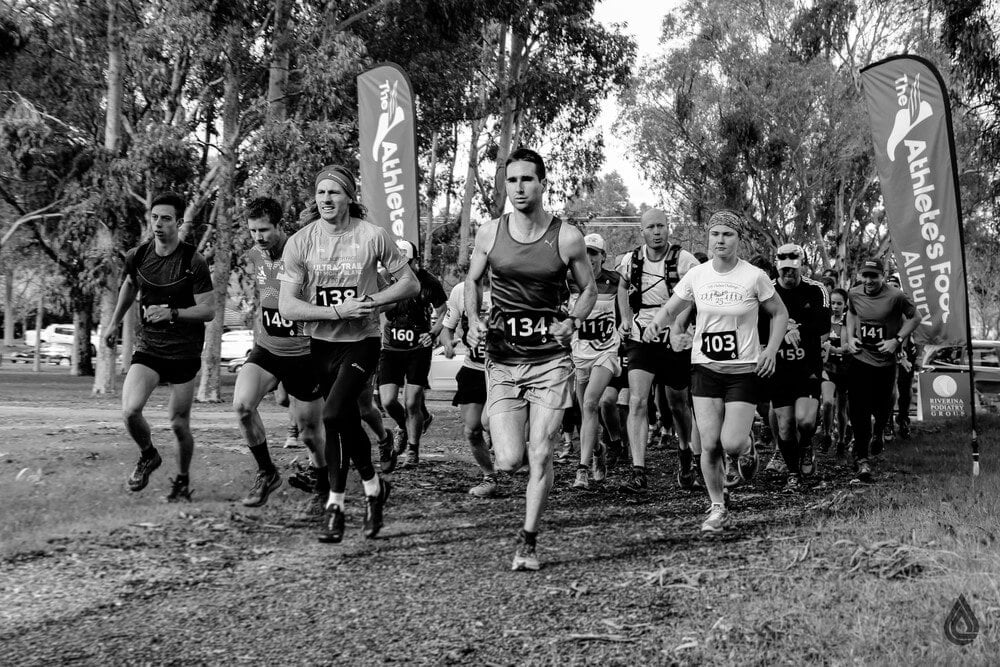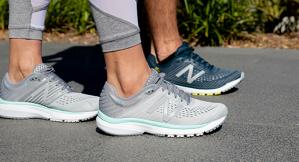MyFit
Our MyFit Blog aims to engage and inform so that we can collectively empower everyday athletes to better their best with every run.
Educational Tips - What is that niggle?
Did you know?
The risk of injury due to running is quite high. It sits between 20-40%*, with the majority of injuries (50-70%) from running being due to overuse and occur from the knee down**.
It’s hard not to get excited when hitting the fitness routine again, but going ‘too hard, too soon’ can open you up to the risk of developing overuse injuries, as your body hasn’t adapted to the extra load being placed on it.
Even worse than just hitting the pavement too quickly is doing it in old or ill-fitting shoes - this will definitely lead to you pulling up sore or even mean a higher risk of injury.
Before you kick into a new fitness routine, ensure that you evaluate your risks in an attempt to reduce them (reduce your chance of injury occurring). In simple terms… think about two main categories that can cause risk of injury; intrinsic (personal) and extrinsic (environment).
What are an Intrinsic factor for consideration?
This may include your age, gender, body mass index (BMI), previous injury, running experience and anatomical alignment—all things that relate to YOU!
What are Extrinsic factors for consideration?
They can consist of the running distance and frequency (training load), running surface and running shoe (age and type).

Tips to help you reduce your risk this spring:
- If you have had a previous injury – seek advice from your Health Professional before you start back.
- Get your footwear checked! - Shoes will break down even if you don’t use them. - Ensure the shape of the last is the right fit for your biomechanical tendency. - Is the shoe providing you the right support or flexibility to match your foot type?
- Set Goals and Plan your Training, What are you hoping to achieve by getting back into running?. Is it for fitness or would you like to enter into a Fun Run? TIP: Choose a run of an appropriate distance.
The distance chosen for a fun run is dependent on the runner’s base fitness and how long they have before the event to prepare. It is important to set realistic expectations.
5km – 10km, for your first event, is realistic if you only have 8 weeks to prepare. Four to six months of preparation is recommended for a half marathon, while a full marathon will likely need six months or more of training. {Australian Fitness Academy, Steve Hore Qualified AA Coach}
Plan your training
- Only increase your training volume by approximately 10% per week. E.g. if you start with 2 x 5km runs in the first week, you might increase to 2 x 6km or 3 x 4km in the second week. Sensible increases in volume will reduce the risk of injury.
- Map out what days you will exercise and what days will be allocated to rest days.
- How long will you aim to exercise for each session?
- Will the surface that you exercise on change?
- Ensure to allocate in appropriate warm up and cool down time.
Putting up with a niggling soreness is not something that you should persist with, as it could be leading to a bigger problem for you if left undiagnosed. If you had a running related injury the year before, your risk of subsequent injury (same or different injury) the following year is 50% higher compared to someone who didn’t sustain an injury***. It is important to seek diagnosis and treatment if the soreness persists and checking that your footwear is the right fit for your activity, foot shape and foot type (biomechanical tendency) will ensure the perfect fit to keep you moving…soreness free!
SHOP RUNNING Don't forget to check out some last pair running shoes on Sale
SHOP SALE Content Credit Richard Christianson, Musculoskeletal Physiotherapist

References:
* Yeung SS, Yeung EW, Gillespie LD. Interventions for preventing lower limb soft-tissue running injuries. Cochrane Database of Systematic Reviews 2011, Issue 7.
** Buist I, Bredeweg SW, Bessem B, et al Incidence and risk factors of Running-Related Injuries during preparation for a four-mile recreational running event & British Journal of Sports Medicine Published Online First: 16 May 2008. doi:10.1136/bjsm.2007.044677.
***Macera CA, Pate RR, Powell KE, Jackson KL, Kendrick JS, Craven TE.. Predicting lower-extremity injuries among habitual runners. Arch Intern Med. 1989 Nov;149(11):2565-8.








